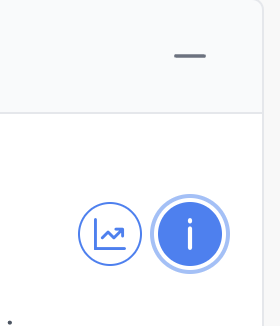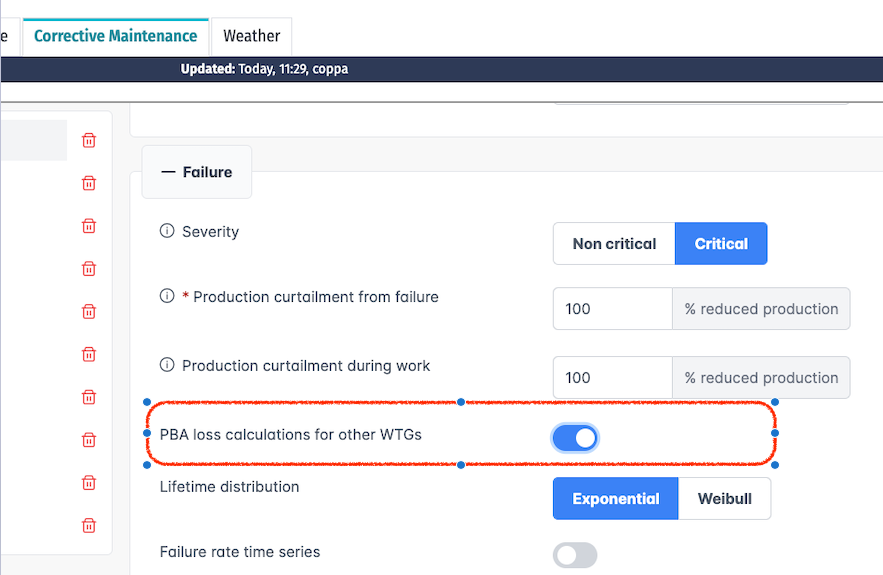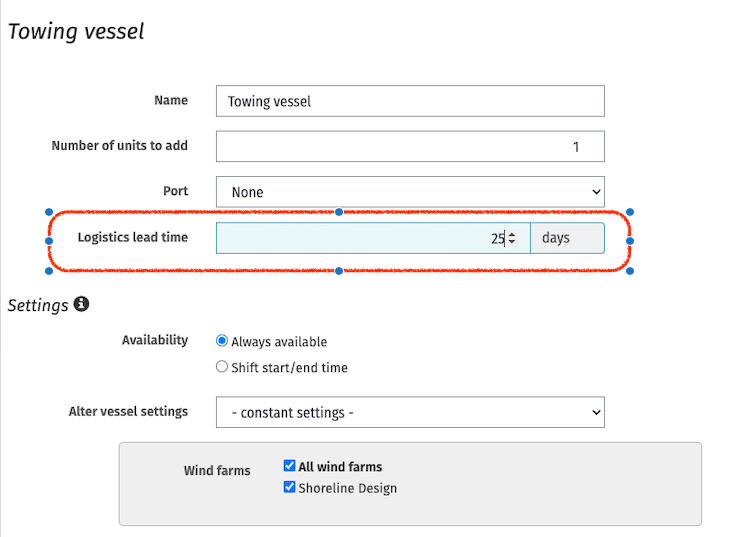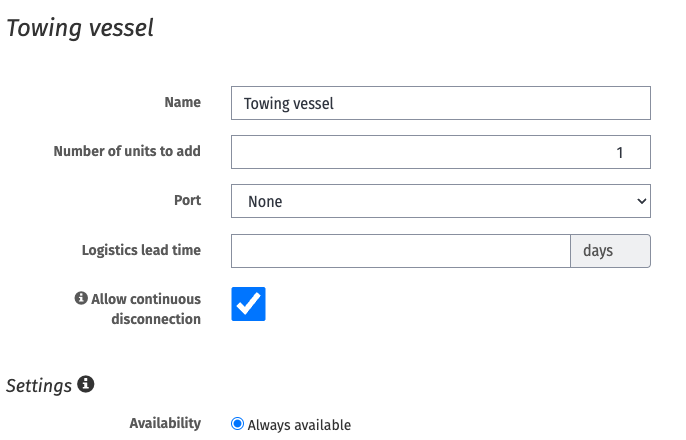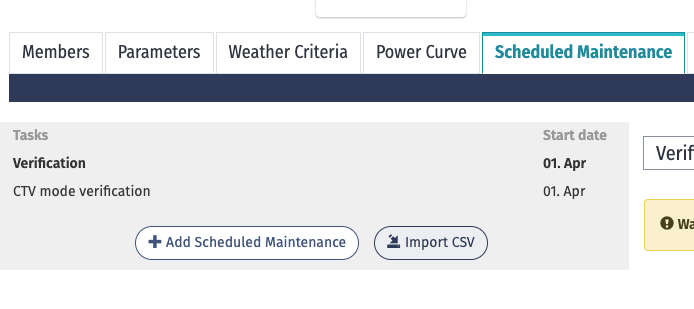Release notes (v 1.87)
We’re excited to introduce a series of powerful enhancements across the platform in this release, designed to improve visibility, control, and usability throughout your workflows.
📅 Planning
-
Auto-Scheduling in Gantt
Auto-scheduling has been introduced to the Gantt chart. This feature automatically adjusts dates based on work order dependencies, helping streamline scheduling and reduce manual updates. -
Work Orders on Gantt Chart
Work orders are now visible on the Gantt chart even if they only have Baseline dates set, making it easier to track early-stage planning. -
Transfer Manifest Sorting
The transfer manifest downloaded in the planning board is now sorted by Asset rather than by date, helping you review asset-specific logistics more efficiently. -
Activity Remarks in the Timeline
You can now view remarks directly on the planning board timeline via activity tooltips, giving quick insight into comments made on specific activities.Enable this feature in your Planning Board settings.
📦 Work Package
- Personnel Deletion Update
To minimize the risk of errors, the option to delete personnel from the Work Package view has been removed. Personnel can now only be deleted via the Teams page.
🧾 Work Order
-
Work Order Progress Dashboard Download
You can now export data from the Work Order Progress Dashboard as a CSV file for easier reporting and analysis. -
Copying Work Orders Made From Sequences
You can now copy a work order that was created as part of a sequence, improving flexibility and reusability. -
Dependency Navigation
Hyperlinks have been added to the “Previous” and “Next” dependency references in the work order table, allowing for quick access to related work orders. -
Improved Filtering
A new Apply Filter button has been added to the Work Order page filter. This allows you to select multiple filter values before applying them, rather than filtering immediately after each selection.The same functionality is also available on the Activities page.
🌦️ Weather Chart
- Predefined Axes for Better Readability
The weather chart now comes with predefined axes, making it easier to read and interpret forecast data quickly and accurately.






